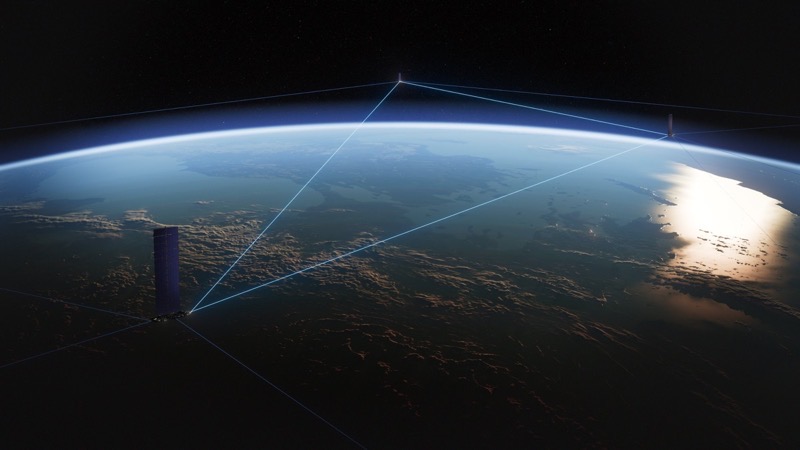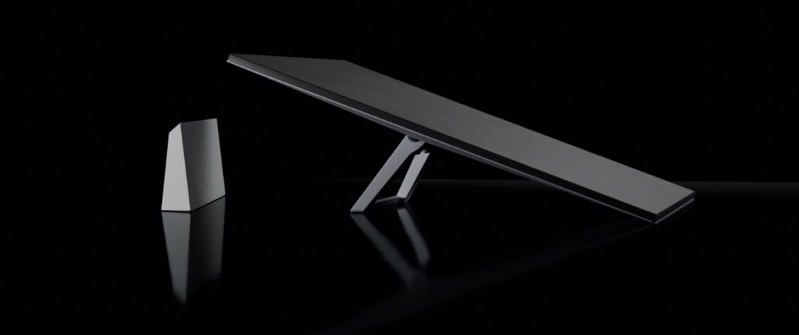
SpaceX Starship SN10 Aces Landing for the First Time in Test Flight [VIDEO]
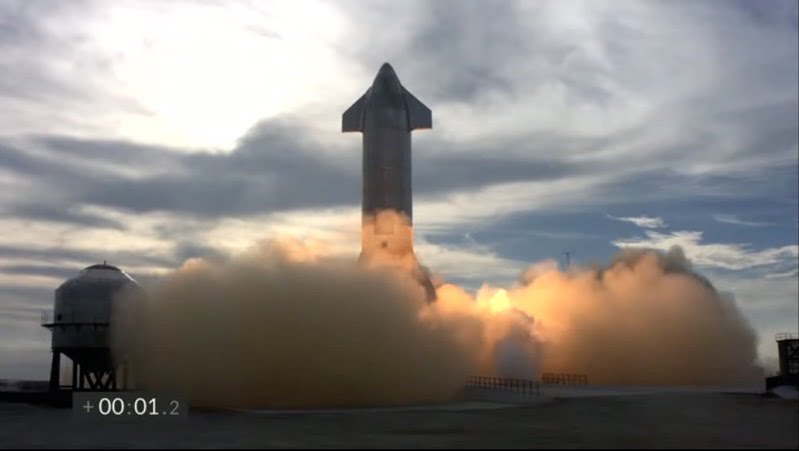
SpaceX on Wednesday achieved success in its Starship SN10 high-altitude test flight, successfully landing the 15-story rocket on its third attempt, accomplishing what its predecessors SN8 and SN9 could not.
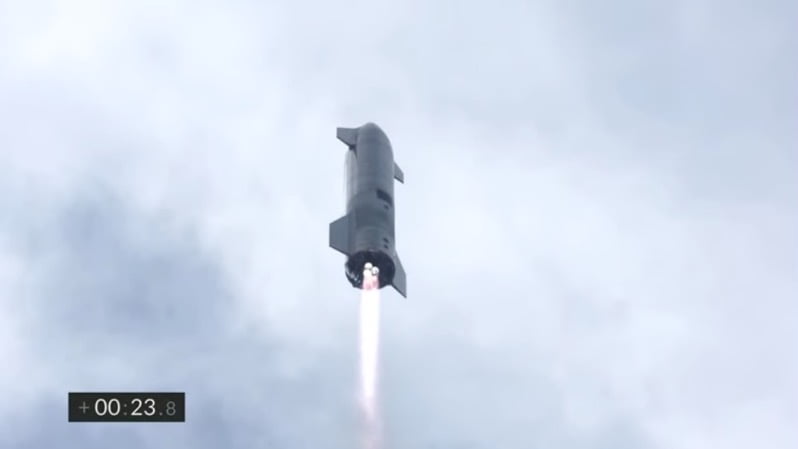
After aborting an earlier launch attempt just before liftoff, SpaceX tried again and Starship launched at about 3:20pm PST/6:20pm EST, in Boca Chica, Texas.

Starship SN10 was able to reach its 10km altitude, then proceeded to descend on its belly, and eventually performed a soft landing after a nominal ascent, checking off all the boxes as to what was expected of the rocket.

“Third time’s a charm,” announced SpaceX during the live video of the Starship test flight, referring to the third attempt at landing after SN8 and SN9 were somewhat close in previous tries. Next up, will be Starship SN11’s test flight at a future date.
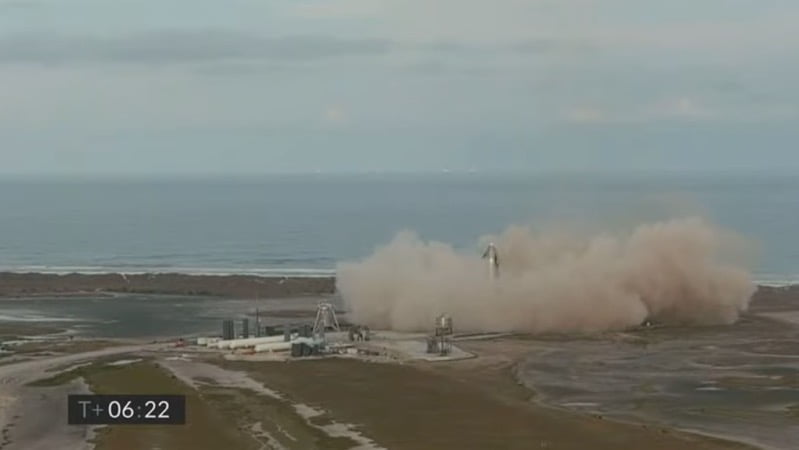
As expected, reaction to the event was nothing short of pure joy on Twitter:
I'm fucking crying right now. I can't believe we're really going to Mars, today's event will be written in the history books in the years to come, and we got to see it live.
— Toby Li (@tobyliiiiiiiiii) March 3, 2021
STARSHIP HAS LANDED FOR THE FIRST TIME @elonmusk
— Whole Mars Catalog (@WholeMarsBlog) March 3, 2021
TO MARS!🚀
— Austin Barnard🚀 (@austinbarnard45) March 3, 2021
Here’s what was expected of Starship SN10 today:
Similar to the high-altitude flight tests of Starship SN8 and SN9, SN10 will be powered through ascent by three Raptor engines, each shutting down in sequence prior to the vehicle reaching apogee – approximately 10 km in altitude. SN10 will perform a propellant transition to the internal header tanks, which hold landing propellant, before reorienting itself for reentry and a controlled aerodynamic descent.
The Starship prototype will descend under active aerodynamic control, accomplished by independent movement of two forward and two aft flaps on the vehicle. All four flaps are actuated by an onboard flight computer to control Starship’s attitude during flight and enable precise landing at the intended location. SN10’s Raptor engines will then reignite as the vehicle attempts a landing flip maneuver immediately before touching down on the landing pad adjacent to the launch mount.
A controlled aerodynamic descent with body flaps and vertical landing capability, combined with in-space refilling, are critical to landing Starship at destinations across the solar system where prepared surfaces or runways do not exist, and returning to Earth. This capability will enable a fully reusable transportation system designed to carry both crew and cargo on long-duration, interplanetary flights and help humanity return to the Moon, and travel to Mars and beyond.
Check out the video replay below, if you missed it:

Update: In a new development, SN10 exploded while sitting on the launch pad:
SN10 just blew up while sitting on the pad lol pic.twitter.com/MUmTe1IYni
— Sawyer Merritt 📈🚀 (@SawyerMerritt) March 3, 2021
Check the replay below to see SN10 explode afterwards. There appears to have been a fire of some sort and crews were spraying water at Starship’s base. An explosion occurs, SN10 shoots up into the air, then also explodes on impact.

According to Musk on SN10–“honorable discharge” indeed:
RIP SN10, honorable discharge
— Elon Musk (@elonmusk) March 4, 2021

